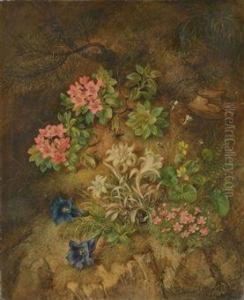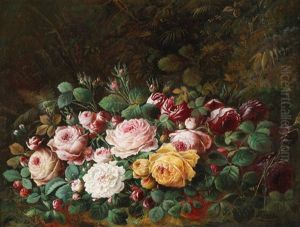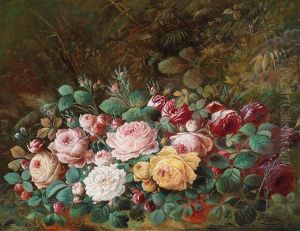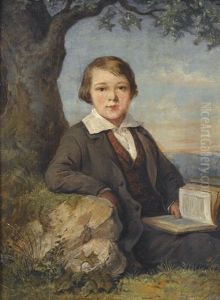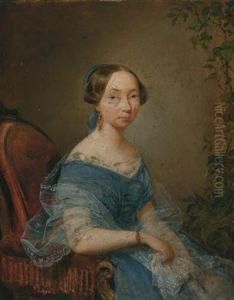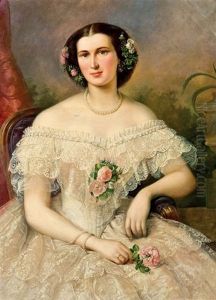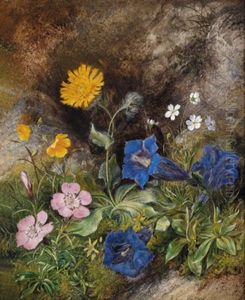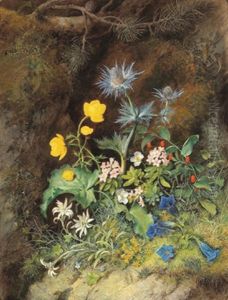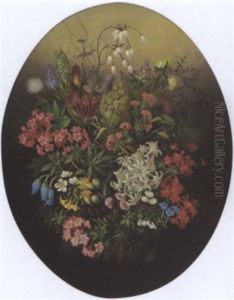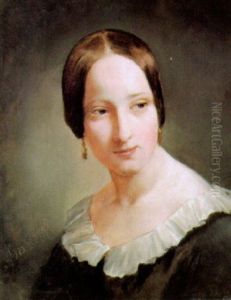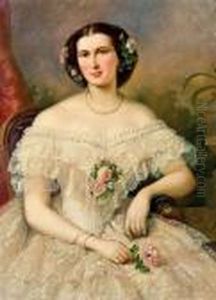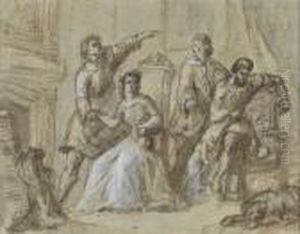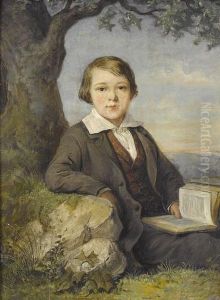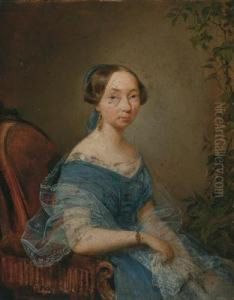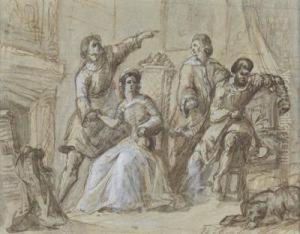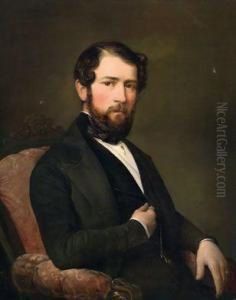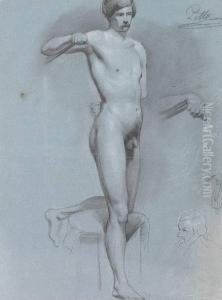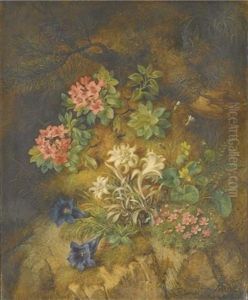Theodor Petter Paintings
Theodor Petter was an Austrian painter, known for his genre scenes and portraits. Born on August 27, 1822, in Vienna, Petter was part of the 19th-century European art movement, which saw a rise in the depiction of everyday life and ordinary people. He studied at the Academy of Fine Arts Vienna, which was a significant institution for artistic training at the time.
Petter's work was influenced by the Biedermeier period, a style prevalent in the German-speaking countries of Europe during the years 1815 to 1848. This style was characterized by a sense of simplicity, straightforwardness, and modesty, which can be seen in Petter's paintings. His subjects often included domestic interiors, scenes of bourgeois life, and straightforward portraits, reflecting the Biedermeier ethos of valuing the private and personal aspects of life.
While not as widely recognized as some of his contemporaries, Petter contributed to the local art scene in Vienna and participated in exhibitions. His paintings were appreciated for their detail, composition, and the ability to capture the nuances of everyday life. His portraits also show a keen understanding of character and personality, with a focus on the subject's expression and demeanor.
Theodor Petter died relatively young, on July 3, 1872, leaving behind a body of work that provides insight into the domestic and social life of his time. His paintings continue to be of interest to art historians and collectors who study the Biedermeier period and Austrian art of the 19th century.


